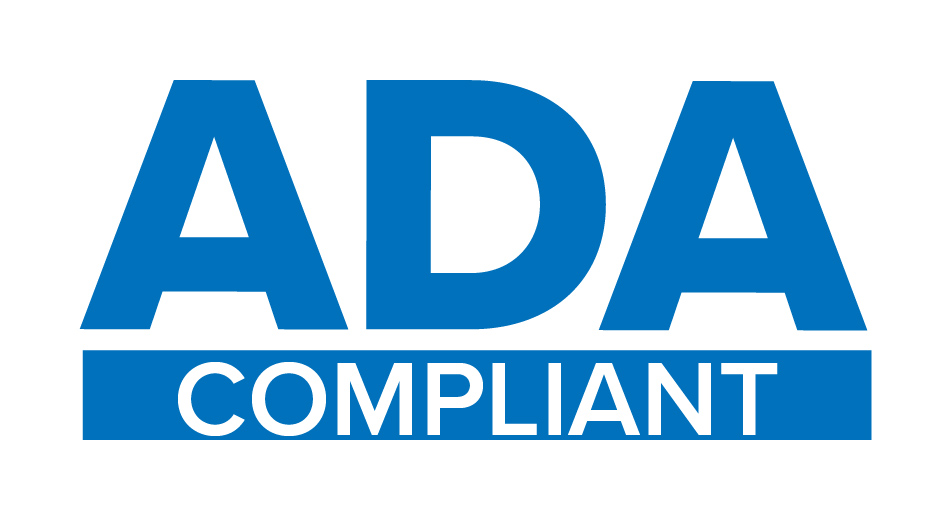Letters to the Editor, Opinions
Climate Change Mitigation v. Adaptation and Resilience
Within the climate action planning space, there are mitigation actions to reduce greenhouse gas emissions, and adaptation and resilience actions to prepare for and respond to the unavoidable reality of climate change impacts that will persist and accelerate into the foreseeable future. Thus, resilience/adaptation actions are the other half of a Climate Action Plan and address the global effects of climate change ON WESTFIELD that our local mitigation actions cannot prevent.



